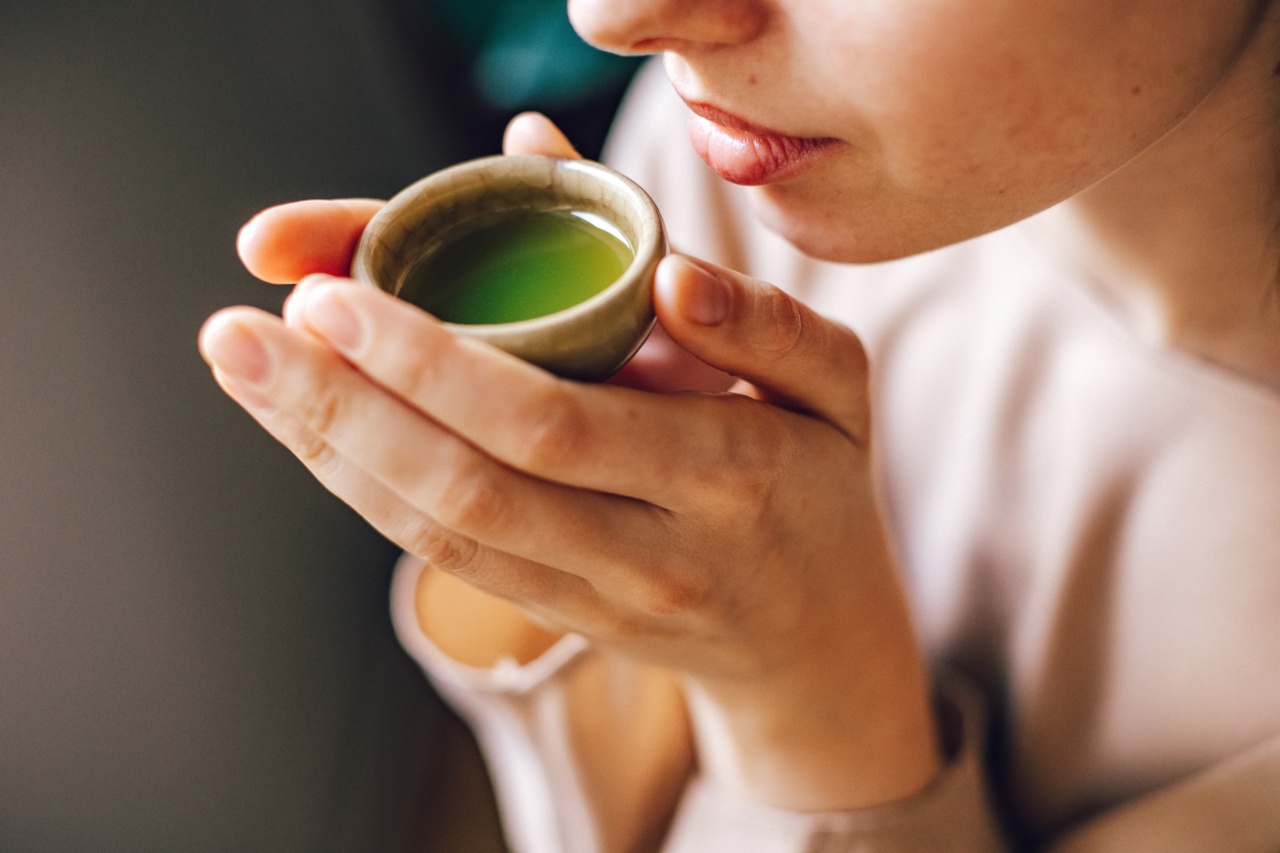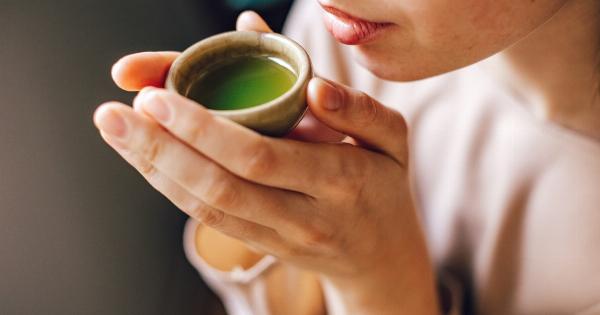Tea has been enjoyed for centuries not just for its refreshing taste, but also for its numerous health benefits. One of the key reasons behind these benefits is the presence of antioxidants in tea.
Antioxidants are compounds that protect our body cells from damage caused by harmful free radicals. In this article, we will explore the antioxidant potential of different types of tea and ways to maximize their benefits.
The Power of Antioxidants
Antioxidants play a crucial role in maintaining our overall health. They help prevent oxidative stress, which can lead to various diseases such as heart disease, cancer, and neurodegenerative disorders.
Additionally, antioxidants provide anti-inflammatory effects and support our immune system.
Types of Tea and Their Antioxidant Content
Tea comes in various forms, including black, green, white, oolong, and herbal teas. Each type offers a unique blend of antioxidants, making them a wonderful addition to a healthy lifestyle.
1. Green Tea
Green tea is highly regarded for its rich antioxidant content, particularly catechins. Catechins are a type of flavonoid known for their potent antioxidant properties.
One of the main catechins found in green tea is epigallocatechin gallate (EGCG), which has been extensively studied for its health benefits. EGCG has shown promising results in reducing the risk of heart disease, supporting weight loss, and preventing certain types of cancer.
2. Black Tea
Black tea, which is fully fermented, contains a range of antioxidants known as theaflavins and thearubigins.
These compounds have demonstrated strong antioxidant activity and are believed to contribute to the health benefits associated with black tea consumption. Theaflavins and thearubigins have been shown to regulate cholesterol levels, promote cardiovascular health, and possess anti-inflammatory effects.
3. White Tea
White tea is the least processed among all tea varieties, making it a powerhouse of antioxidants. It contains high levels of catechins, similar to green tea, and is also rich in other beneficial compounds such as theaflavins and thearubigins.
Studies suggest that white tea may have stronger antioxidant effects compared to green and black teas due to its minimal processing.
4. Oolong Tea
Oolong tea falls between green and black tea in terms of oxidation. It contains a range of antioxidants, including catechins and theaflavins.
Oolong tea has been associated with improving mental alertness, aiding digestion, and promoting a healthy metabolism.
5. Herbal Teas
Herbal teas, such as chamomile, peppermint, and rooibos, are not derived from the Camellia sinensis plant like traditional teas. However, they still offer their own set of antioxidant benefits.
Chamomile tea, for example, contains apigenin, an antioxidant compound known for its anti-inflammatory properties. Peppermint tea contains menthol, which acts as an antioxidant. Rooibos tea contains a unique antioxidant called aspalathin, which has been shown to protect against free radical damage.
Maximizing Antioxidant Absorption
While tea is rich in antioxidants, the absorption of these compounds can vary depending on various factors. Here are a few tips to enhance the absorption of antioxidants:.
1. Steeping Time
When brewing tea, longer steeping times tend to result in higher antioxidant levels. For example, steeping green tea for 2-3 minutes extracts more antioxidants compared to a shorter steeping time.
2. Water Temperature
The temperature of the water used for brewing tea can impact the release of antioxidants. Green and white teas are best steeped in water that is around 175-185°F (80-85°C) to preserve their delicate antioxidants.
Black teas, on the other hand, can be brewed in water at a higher temperature, typically 195-205°F (90-96°C).
3. Adding Citrus
Adding citrus fruits like lemon or orange to your tea can significantly enhance the absorption of antioxidants. The vitamin C present in citrus fruits helps stabilize and preserve the tea’s antioxidants.
4. Avoiding Milk
Avoid adding milk to your tea, especially if you’re looking to maximize antioxidant absorption. Studies suggest that proteins in milk can bind to certain tea antioxidants, potentially reducing their bioavailability.
5. Choosing High-Quality Tea
Opt for high-quality tea to ensure maximum antioxidant content. Loose-leaf teas are generally richer in antioxidants compared to tea bags, as the processing of tea bags can sometimes result in a loss of antioxidants.
6. Regular Consumption
To fully unlock the antioxidant potential of tea, make it a part of your daily routine. Regular consumption can provide a steady supply of antioxidants to your body and help combat oxidative stress.
Beyond the Cup: Other Sources of Antioxidants
While tea is an excellent source of antioxidants, it’s not the only way to reap their benefits. Including a variety of antioxidant-rich foods in your diet can further enhance your overall antioxidant intake.
Some other notable sources of antioxidants include:.
1. Berries
Blueberries, strawberries, raspberries, and blackberries are packed with antioxidants such as anthocyanins and vitamin C.
2. Dark Chocolate
Dark chocolate contains flavonoids, a type of antioxidant known for their heart-healthy properties. Opt for dark chocolate with a high cocoa content for maximum benefits.
3. Nuts and Seeds
Walnuts, almonds, chia seeds, and flaxseeds are rich in antioxidants like vitamin E and selenium.
4. Colorful Vegetables
Include a variety of colorful vegetables in your diet, such as spinach, kale, bell peppers, and carrots. These vegetables are abundant in antioxidants, vitamins, and minerals.
5. Herbs and Spices
Many herbs and spices, such as turmeric, cinnamon, cloves, and oregano, contain high levels of antioxidants.
Conclusion
Tea, with its diverse range of varieties, offers an excellent source of antioxidants. From green and black tea to herbal infusions, each type provides its unique set of health-boosting compounds.
By following simple brewing techniques and making tea a regular part of your routine, you can unlock its complete antioxidant potential. Remember, tea is just one component of an antioxidant-rich diet, and incorporating other sources of antioxidants can further optimize your overall well-being.































